ProBlogger: 4 WordPress Formatting Tips to Make Your Posts More Readable | |
| 4 WordPress Formatting Tips to Make Your Posts More Readable Posted: 14 Nov 2017 05:00 AM PST
This post is by ProBlogger Writing Expert Ali Luke You've finished your post, and you breathe a sigh of relief. After a quick edit you publish it to your blog, and wait for the comments, tweets, shares, or any sort of feedback. But once again, you get nothing. There may as well be no-one reading it. So what's the problem? It could be that your writing isn't as strong as it needs to be. But there's also a very good chance the problem isn't your writing. It's your formatting. Over the years I've reviewed dozens of different blog posts, and most of them were fairly well written. But some were really let down by poor post formatting: the post just didn't look good. If you're not convinced that formatting matters, compare this screenshot…
… to this one.
These are two versions of my post Six Simple Ways to Improve Your Writing Environment (and Get More Done). They both have exactly the same text. But I know which one I'd rather read. Your readers are busy. They're distracted. They want an easy, engaging read – not a daunting wall of text. So what's stopping you from getting the formatting right? Maybe one of these sounds like you:
I'm going to take you through four key formatting features you can use straight away to make your posts more readable. And don’t worry. I'm definitely a words person and even I can manage these. I'll also be showing you how easy it is to format text using the WordPress editor. Even if you’re not using WordPress, most blogging platforms have similar features. (As you read this, you might want to have a draft post or old post ready for editing in a different tab so you can try out the different features.) #1: Short ParagraphsPlenty of white space helps make your post readable. White space is all the stuff around the words. If you have short paragraphs (or lists, which we'll come to later), you'll already have extra space where your words can breathe. Adding extra paragraphs is super easy. Just position the cursor wherever you want a new paragraph and hit Enter:
There's no absolute rule on how long is too long for a paragraph. But if it goes over four or five lines, you may want to consider splitting it. Tip: If you're used to more formal writing (perhaps academic or business writing), having short paragraphs may seem odd. If that's the case, you might want to read How to Write a Paragraph in 2017 (Yes, the Rules Have Changed). #2: SubheadingsI like to think of subheadings as signposts that help orient readers within my post. Almost any post can be broken up into subsections, and each one should have a clear (and hopefully enticing) subheading. While it helps readers who are skimming for information, it's also useful for readers who are reading your entire post. Subheadings prevent them from feeling lost or confused along the way. I like to use Title Case (capitalizing all major words) for my subheadings, but you might prefer to capitalize only the first word of the subheading. Just make sure you're consistent. To create a subheading in WordPress:
Before:
After:
Tip: When you're planning your post, think about the subsections and potential subheadings you want to use. This will help you create a good structure right from the start. #3: Bold TextBold text is a great way to call attention to a key point or important sentence. But it's easy to overuse, and I suggest bolding only one or two sentences per subsection (depending how long your subsections are). Some bloggers use coloured text instead of bold text. This can work if it fits with your branding, but it can also look a bit amateurish and distracting. To create bold text in WordPress:
Tip: Try to avoid bolding only one or two words – it can make your text look choppy. I also tend to bold only the first sentence of a paragraph. Having a bold sentence in the middle or at the end of a paragraph can also look a bit odd. #4: Lists, and Using Bullet PointsSometimes it's easiest to write a list as a regular sentence. For instance, I might write: In this post, we'll take a look at paragraphs, subheadings, bold text, and lists. But if each item on your list is more than a word or two, it will be easier for readers to take in if you lay them out using bullet points. In this post, we'll take a look at:
To create a list in WordPress:
Tip: This method creates an unordered list with bullet points. If you want to number each item on your list, use the "Ordered List" icon (next to the "Unordered List" icon). A numbered list will automatically renumber your items as you add new ones – even if you add them to the middle of your list. I'm sure you've already seen these formatting features in use, and have tried using some of them yourself. Hopefully you'll feel a lot more confident about using them now to make your posts more readable. Here's a mini-challenge for you: look back at your three most recent posts, or perhaps your three most popular ones. Try using at least two of my suggestions to improve the formatting, and let us know how you got on. The post 4 WordPress Formatting Tips to Make Your Posts More Readable appeared first on ProBlogger. |
| You are subscribed to email updates from ProBlogger. To stop receiving these emails, you may unsubscribe now. | Email delivery powered by Google |
| Google, 1600 Amphitheatre Parkway, Mountain View, CA 94043, United States | |
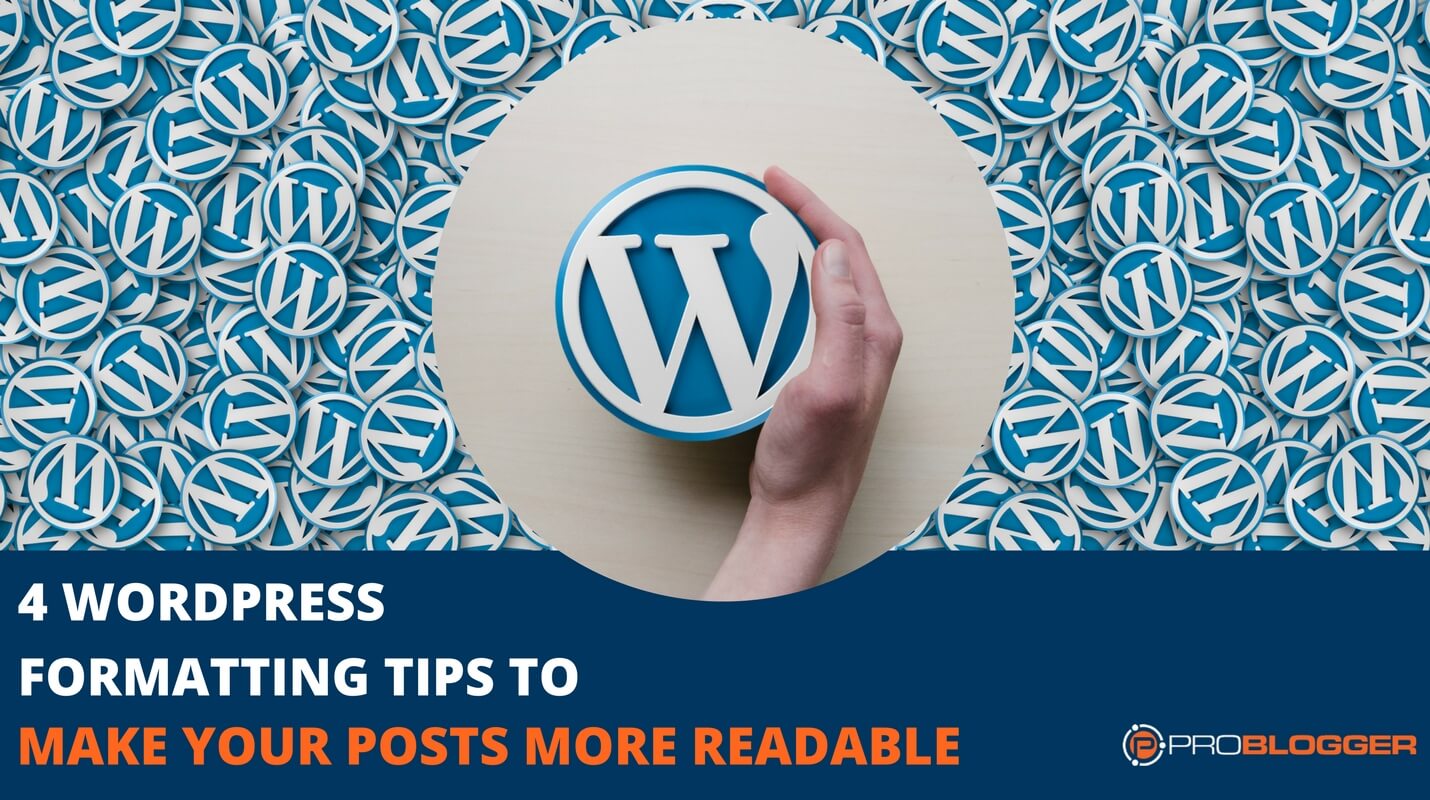
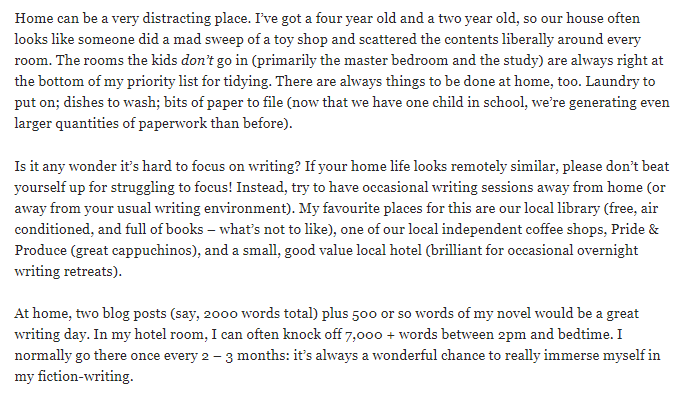
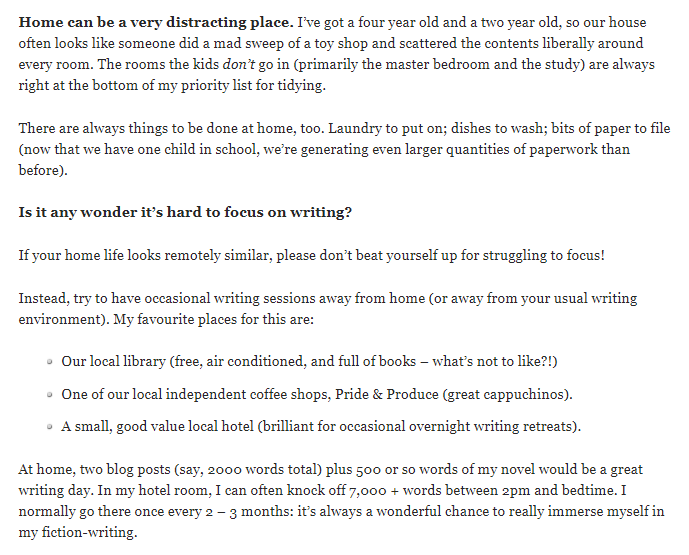

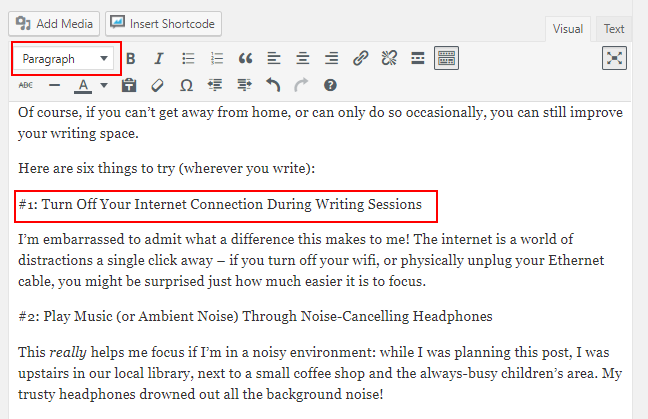
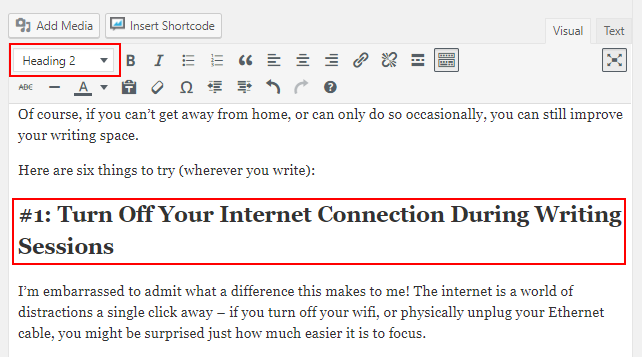
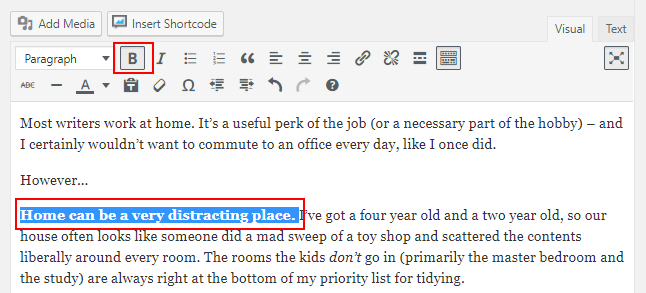
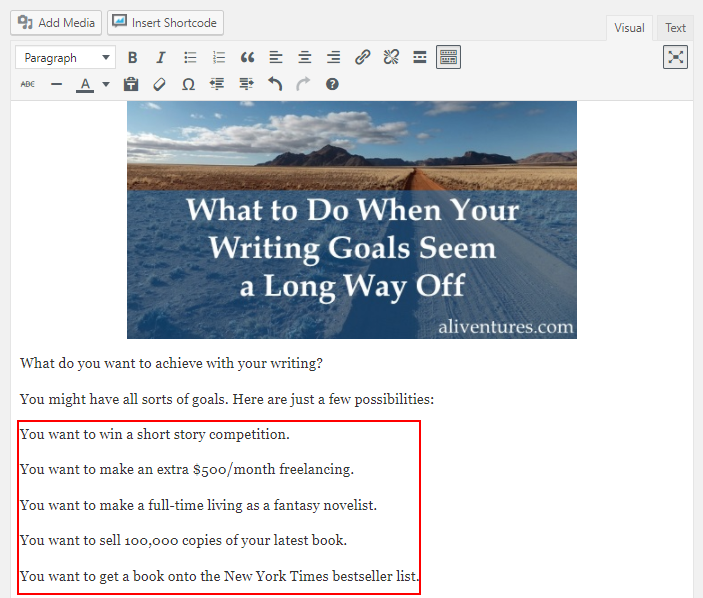
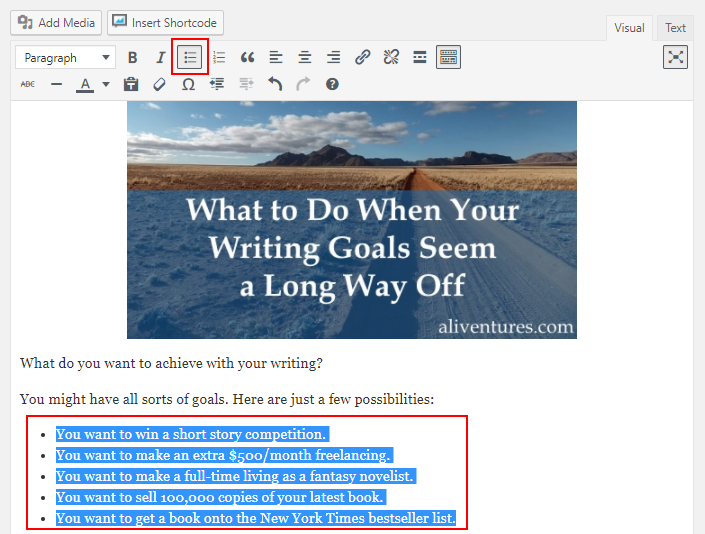
0 comments:
Post a Comment